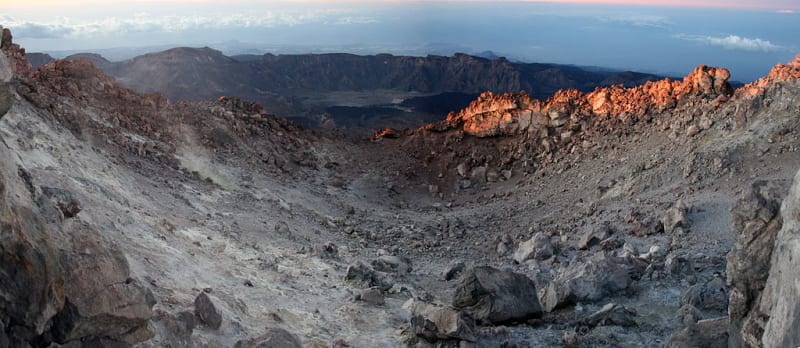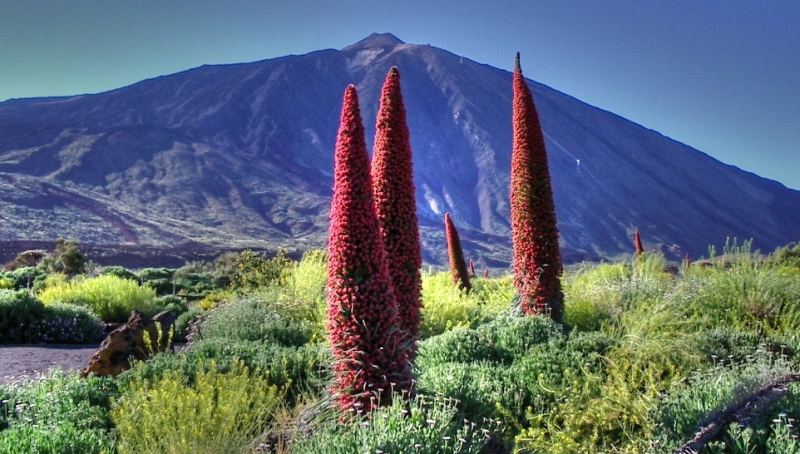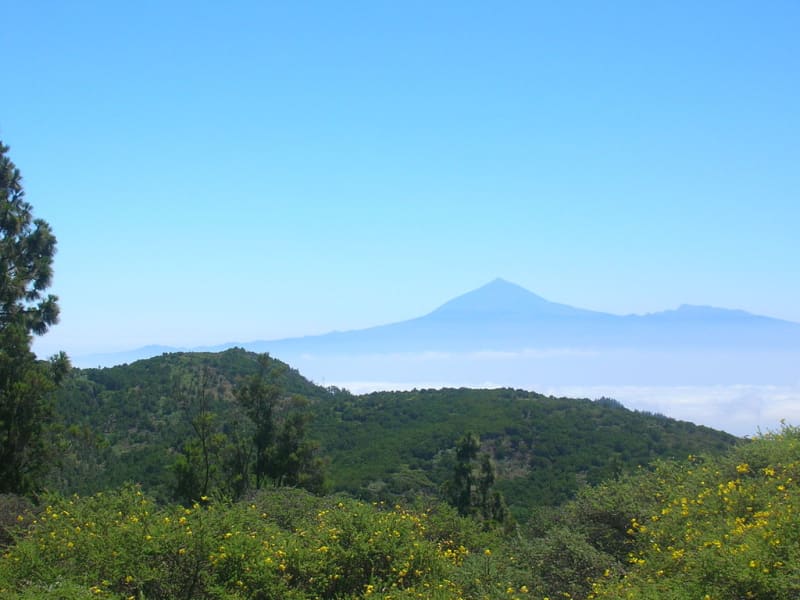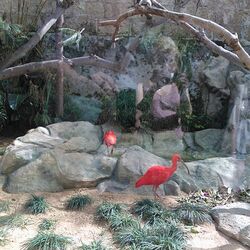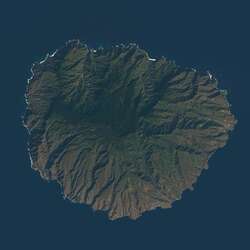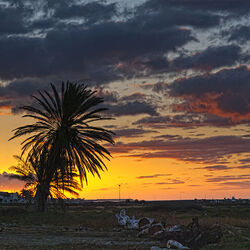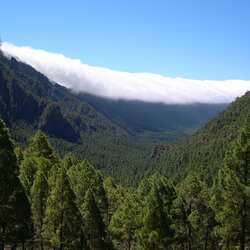Teide National Park
Teide is a national park in Spain. It is located on the island of Tenerife in the Canary Archipelago. It was created on January 22, 1954, on the territory of the island's volcanic system, which includes the peaks of Teide (3,718 m) and Pico Viejo (3,135 m), the highest points of the islands. The base of the volcano lies at the bottom of the Atlantic Ocean. The height from it is more than 7,500 m. According to this indicator, this volcanic formation is second only to the Hawaiian Mauna Kea and Mauna Loa.

Today, the area of the national park is 189 km2, and the buffer zone is 541 km2. It is believed that traces of geological processes that determine the evolution of ocean islands have been preserved in the park. That is why UNESCO has decided that the Teide National Park is of global importance. In addition to Teide, two other Spanish national parks are included in the UNESCO list: Doñana in Huelva and Garajonay on the island of Gomera.
One of the most famous places in Teide Park is the cliffs of Los Roques de Garcia. They have a very unusual shape - their base is much thinner than their tops. There is a belief that these rocks are capable of fulfilling desires. Another popular place in Teide Park is the Moon Valley. It looks really cosmic. It is not surprising that famous science fiction films such as "Star Wars" and "Planet of the Apes" were shot here.

There are a large number of plants in the park, many of which are recognized as endemic, meaning they grow only here and are not found anywhere else. To be more precise, of the 168 species of flowers growing in Teide Park, 58 are rare, found only in this area. The most famous of them is the Teide bruise. The fauna in Teide Park is sparse - only bats, birds and reptiles live there, the rest of the animals were brought here from the continent.
The Teide volcano is an active but currently fast-sleeping giant. It was formed a long time ago, more than 150 thousand years ago. At one time, the height of the Teide volcano reached 5,000 meters, but during the strongest eruption that occurred in 1706, the peak collapsed, forming a huge caldera, in the center of which Teide and other adjacent volcanoes and peaks appeared. The diameter of the caldera is 17 kilometers. What happened in the end is now called the Las Caniadas Caldera. In the center of the park is the Teide volcano, its height is 3818 m, Teide is not only the highest point not only in the Canary Islands, but also in Spain. The top of the Teide volcano is a cone with an 80-meter-high crater. The Teide volcano is active, the last eruption was in the northwest of the island in 1909, after which the volcano acquired its present form. Today, a large number of fumaroles can be observed in the crater, from which smoke with the smell of sulfur comes out. Translated from the Guanche language, the name of the Teide volcano means "snowy mountain". The Guanche aborigines also called the volcano Echeide, which means "devil", "hell". They were sure that an evil demon named Guayota lived in the volcano, so they treated him with suspicion and tried not to disturb him unnecessarily.
The best way to get to the highest point of the mountain is by cable car. Once at the top, you can take a walk and admire the stunning views. However, keep in mind that this will not be the very top yet: to reach the mouth of the volcano, you must first obtain permission from the office of the National Park in Orotava. You can request this permission by contacting there via the website. Walking tours up the volcano are offered as an alternative, however, keep in mind that such an ascent, which will take about six hours, requires a fairly high level of physical fitness. Also, don't forget to bring warmer clothes and wear suitable shoes.
There is a hotel and a restaurant in the National Park. Several hiking trails with a total length of 76 kilometers are located directly from the hotel. The highway crosses the national park from southwest to northeast. There are many viewing platforms along the route where you can stay. You can climb to the top of Teide by cable car. In good weather, you can see all the islands of the archipelago and even North Africa from the top.

